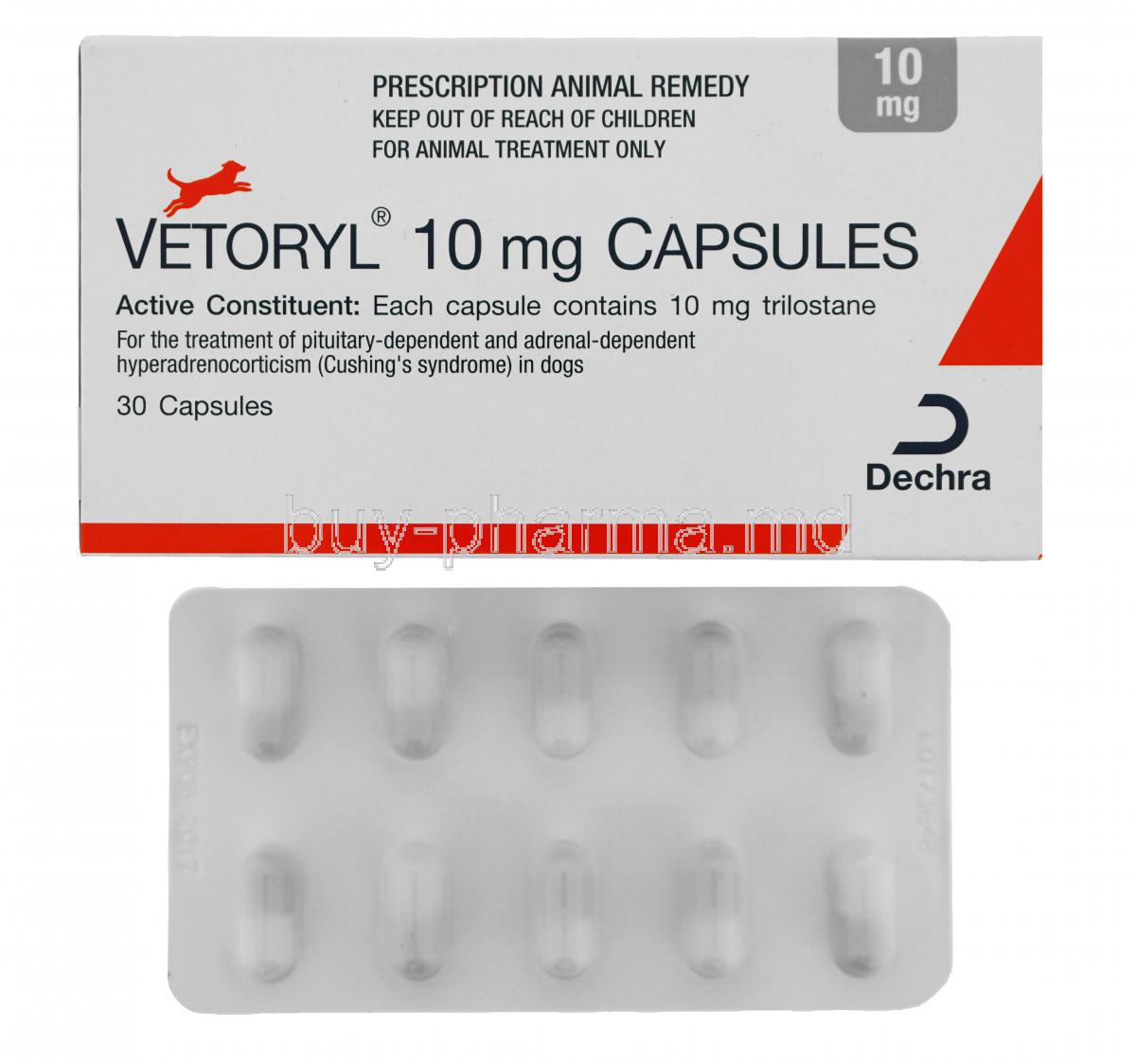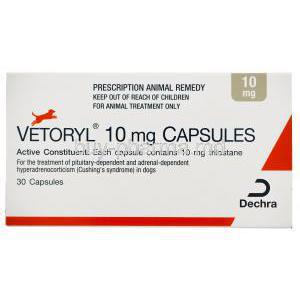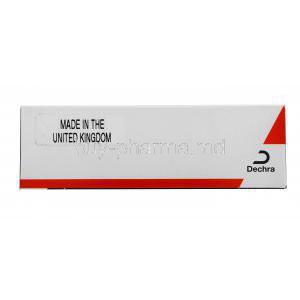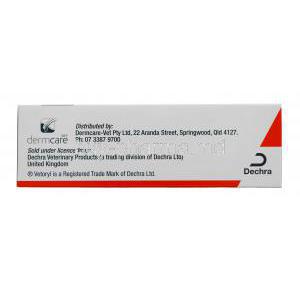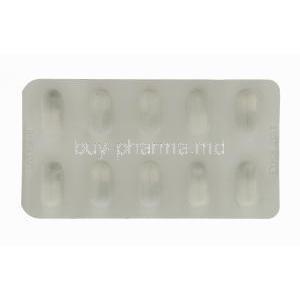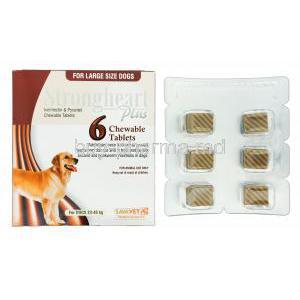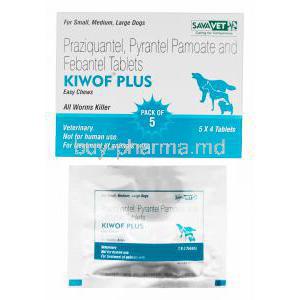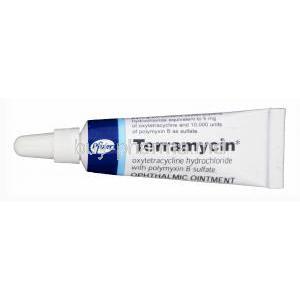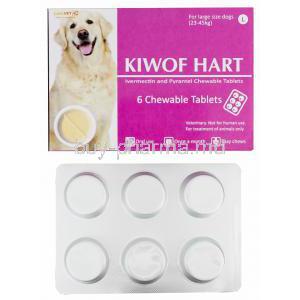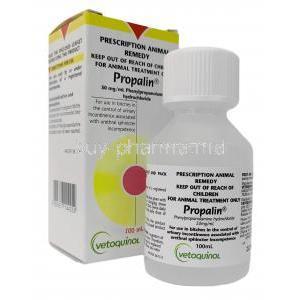Vetoryl
- I. Introduction to Vetoryl
- II. Composition of Vetoryl
- III. How Vetoryl Works
- IV. Uses of Vetoryl
- V. Off-Label Uses of Vetoryl
- VI. Dosage and Administration Guidelines
- VII. Side Effects of Vetoryl
- VIII. Detailed Overview of Common Side Effects
- IX. Interaction with Other Medications
- X. Warnings and Contraindications
- XI. Careful Administration Considerations
- XII. Important Precautions
- XIII. Administration to Special Populations
- XIV. Handling Overdosage Situations
- XV. Storage and Handling Precautions
I. Introduction to Vetoryl
Overview of Vetoryl
Vetoryl, medicine in the veterinary field, is crucial in treating dogs with Cushing's disease. This medication containing trilostane targets the overproduction of cortisol, a characteristic feature of this hormonal disorder. The effectiveness of Vetoryl in alleviating the symptoms of Cushing's disease has improved the management of this condition and provided affected dogs with renewed hope and improved quality of life.
Historical Development and Approval
Vetoryl's origin can be traced back to research and clinical trials that aimed to find a successful treatment for Cushing's disease in dogs. When regulatory authorities, such as the FDA, approved this medication, it marked an achievement in veterinary pharmacology. The path from its development to approval highlights science's unwavering dedication to improving animals' well-being and health.
II. Composition of Vetoryl
Active Ingredients Explained
Trilostane, a component in Vetoryl's formulation, acts as an adrenostatic agent to control cortisol production effectively. By targeting the 3β hydroxysteroid dehydrogenase enzyme, which is essential in steroidogenesis, this active compound helps regulate adrenal steroid overproduction.

Inactive Components and Their Roles
Apart from the ingredient Vetoryl, it contains multiple inactive substances. Although these components don't have any effects, they play a crucial role in maintaining the stability availability in the body and taste of the medication. This improves its effectiveness and acceptance among dogs who receive it as treatment.
III. How Vetoryl Works
Mechanism of Action in the Body
Vetoryl works by targeting the adrenal cortex and preventing the production of glucocorticoids. This is achieved through trilostane interference with the conversion necessary for cortisol synthesis, thus restoring hormonal balance in dogs with Cushing's disease.
Impact on Canine Endocrine System
Vetoryl goes beyond relieving symptoms; it brings back balance to the endocrine system of dogs. By reducing the production of cortisol, Vetoryl helps reduce the overall effects of this hormonal imbalance, thereby improving various physiological issues in affected canines.
IV. Uses of Vetoryl
Primary Indications: Treating Canine Cushing's Disease
Vetoryl is a medication used to treat a condition called Cushing’s disease in dogs, also known as hyperadrenocorticism 1. This disease causes dogs to produce too much cortisol, resulting in various clinical symptoms. Vetoryl effectively addresses these symptoms and helps improve the quality of life for these furry companions 23.
1: VCA Animal Hospitals 2: FDA 3: Vetinfo.com
Exploring Other Veterinary Uses
Although Vetoryl primarily treats Cushing's disease in animals, veterinarians also consider its potential for treating adrenal-related disorders. The medication's distinct pharmacological profile makes it an intriguing option in veterinary therapeutic scenarios.
V. Off-Label Uses of Vetoryl
Potential Applications Beyond Standard Indications
Vetoryl goes beyond its designated use. It has proven valuable in treating various endocrine disorders. While not officially approved, veterinarians have reported success using it for off-label purposes. This showcases the versatility of this medication in the field of medicine.
Case Studies and Research Insights
- Investigation into the effectiveness of Vetoryl in hormonal disorders.
- Understanding gleaned from life veterinary cases regarding using Vetoryl for purposes other than its approved indications.
- Current research developments shed light on the range of therapeutic benefits offered by Vetoryl.
VI. Dosage and Administration Guidelines
Determining the Right Dosage
To find the dosage of Vetoryl for a dog, it's essential to have a detailed understanding of the dog's condition and how they respond to the medication. Adjusting the dosage based on tests of their adrenal function helps ensure the drug works effectively while minimizing potential adverse effects.

Administration Techniques for Optimal Effectiveness
To ensure that Vetoryl works effectively, it is essential to follow protocols for administration. This usually involves taking the medication and following guidelines regarding when to take it for meals. Consistently taking the medication daily is crucial for ensuring its absorption and effectiveness.
VII. Side Effects of Vetoryl
Common Adverse Reactions in Dogs
Although Vetoryl is usually well tolerated, some dogs may experience reactions. Typical adverse effects encompass disturbances, tiredness, and imbalances, in electrolyte levels. Consequently, it is essential to monitor the dog's condition throughout the treatment period.
Managing Side Effects: Veterinarian’s Advice
To successfully manage the side effects caused by Vetoryl, the veterinarian and the pet owner must work together. Making changes to the dosage and providing care usually prove effective in reducing these unwanted reactions, thus ensuring the dog's ongoing health.
VIII. Detailed Overview of Common Side Effects
Frequency and Severity Analysis
After examining the side effects of Vetoryl, it becomes clear that a range of different manifestations can occur both in terms of how often they happen and how severe they are. This understanding helps us predict and deal with any issues that may arise in dogs undergoing treatment.
Comparison with Other Medications for Similar Conditions
When evaluating Vetoryl compared to treatments for Cushing's disease, it is crucial to thoroughly analyze the potential side effects. These comparisons provide insights into how safe and well-tolerated Vetoryl is, helping veterinarians make informed decisions about treatment options.
In summary, Vetoryl stands out as a component in managing Cushing's disease in dogs, bringing hope to affected dogs and their caregivers. Its extensive understanding, from its composition to how it's used clinically, highlights its pivotal role in veterinary medicine.
IX. Interaction with Other Medications
Known Drug Interactions
Vetoryl, being a medication for animals, has the potential to interact with other drugs and change how they work. These interactions can vary from reducing the effectiveness of one or both drugs to making side effects worse. For example, if used together with diuretics or medicines for high blood pressure it could cause problems like imbalances, in electrolytes or low blood pressure. It is essential to have an understanding of these interactions to ensure safe administration.
Guidelines for Co-Administration with Other Treatments
When prescribing Vetoryl in conjunction with treatments, veterinarians need to consider the situation carefully. They should evaluate how the medications interact regarding how they're absorbed, distributed, metabolized, and excreted in the body. Based on this assessment, they should make adjustments, to dosages to minimize any potential risks. It is also crucial for them to continuously monitor for any reactions when these medications are given together.
X. Warnings and Contraindications
Specific Health Conditions and Vetoryl
Some pre-existing conditions in dogs may make it inappropriate to use Vetoryl. For example, if a canine has insufficiency, liver disease, or certain cardiovascular conditions, there could be an increased chance of adverse effects. It is crucial to have a veterinary assessment to determine whether Vetoryl is suitable for each specific patient.
Cases Where Vetoryl Should Be Avoided
Vetoryl should not be used if there is a known sensitivity to the medication or any of its ingredients, if there is liver dysfunction, or if adrenal gland disorders are uncontrolled. In some situations, it is advisable to consider other treatment options.
XI. Careful Administration Considerations
Monitoring and Adjusting Dosage
Administering Vetoryl requires monitoring. This involves evaluating adrenal function and observing the patient's clinical response, allowing for timely adjustments to the dosage. Maintaining this level of attentiveness ensures that the treatment remains effective and safe.
Special Attention to Response and Side Effects
It is crucial to observe any adverse reactions or changes, in the dog's condition. Detecting side effects on is important as it allows for quick intervention, which may involve adjusting the dosage or stopping the use of the medication.
XII. Important Precautions
Safety Measures for Handlers and Pet Owners
It is essential to educate handlers and pet owners about the ways to handle Vetoryl in order to prevent accidental exposure. This involves wearing gloves while handling the medication and thoroughly washing hands after administration.
Environmental and Dietary Considerations
Various environmental conditions, such as temperature and humidity along, with factors, have the potential to affect the effectiveness of Vetoryl. Offering guidance to owners on maintaining a stable environment and providing a consistent diet can significantly enhance the therapeutic benefits of this medication.
XIII. Administration to Special Populations
a. Administration to Elderly Dogs
Older dogs may have an increased sensitivity to Vetoryl, so it's essential to be careful with the dosage. Closely monitor their response. Customizing the treatment plan according to their physiological requirements is crucial for ensuring their safety.
b. Use in Pregnant Women and Nursing Mothers
The safety of Vetoryl in nursing dogs has not been fully determined. Therefore it is essential to use caution when considering its use in these populations weighing the risks against the therapeutic benefits.
c. Administration to Children
Although Vetoryl is a medicine it is crucial to store it safely and out of the reach of children. Pet owners should also be educated about the significance of storing medications to prevent any accidental ingestion by kids.
XIV. Handling Overdosage Situations
Symptoms of Overdosage
Taking an amount of Vetoryl may lead to symptoms such as extreme tiredness, nausea, and sudden loss of consciousness. It is essential to identify these indicators to seek immediate veterinary assistance.

Immediate Steps and Veterinary Interventions
If an overdose occurs, it is crucial to seek veterinary assistance. The treatment may include washing out the stomach, giving activated charcoal, and providing care to stabilize the animal.
XV. Storage and Handling Precautions
Optimal Storage Conditions
To ensure that Vetoryl remains stable and effective, it should be stored in a dry location away from direct sunlight and moisture.
Safe Handling and Disposal Instructions
Handling expired or unused Vetoryl properly and disposing of it safely is crucial. Pet owners must adhere to the instructions provided by their veterinarian. Follow local regulations when disposing of veterinary medications. This helps prevent pollution and accidental ingestion by unintended individuals.

